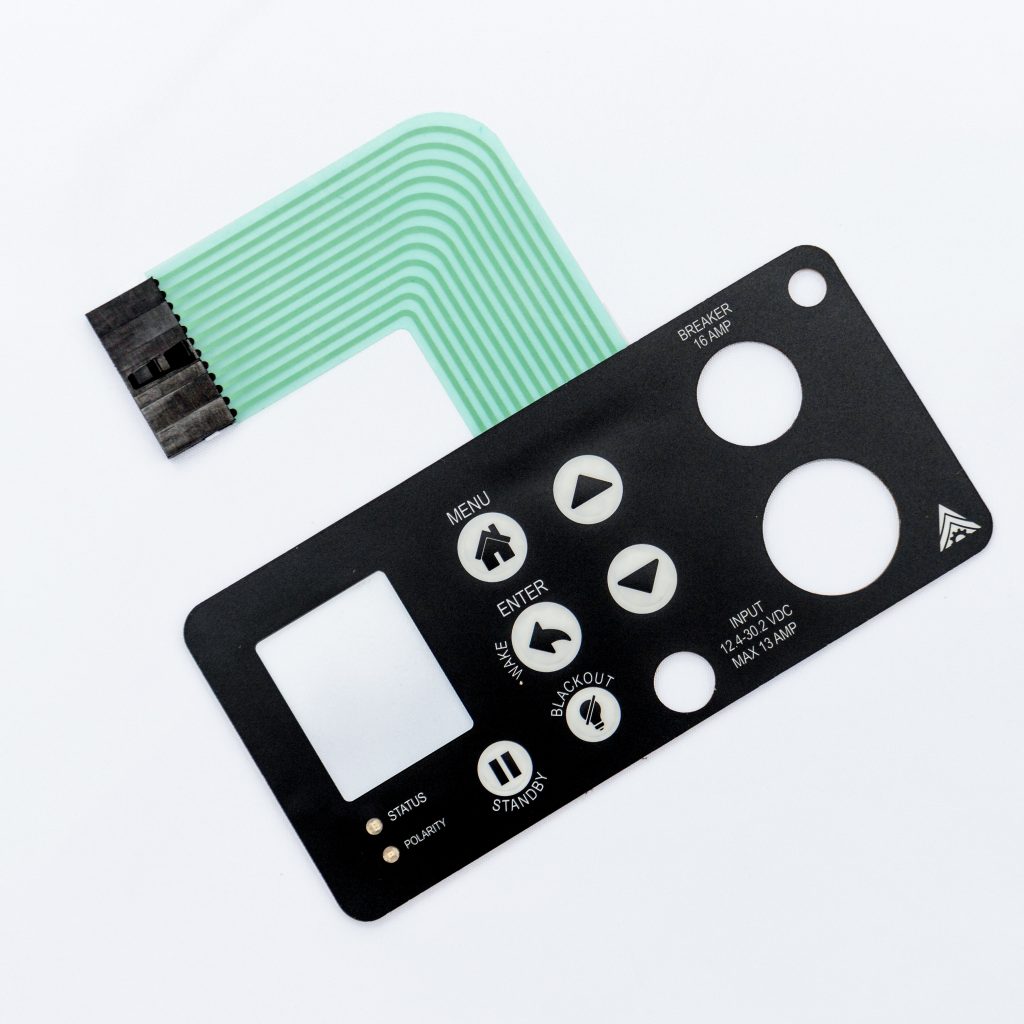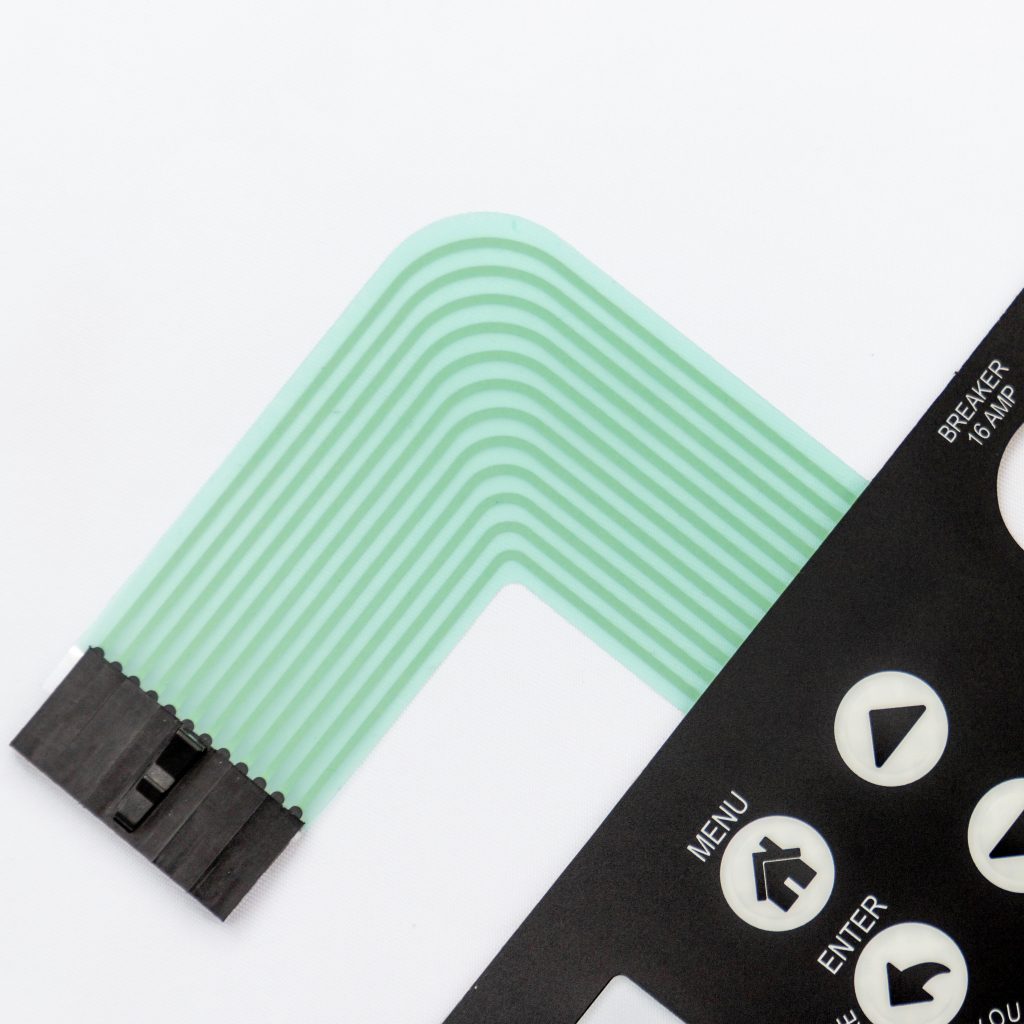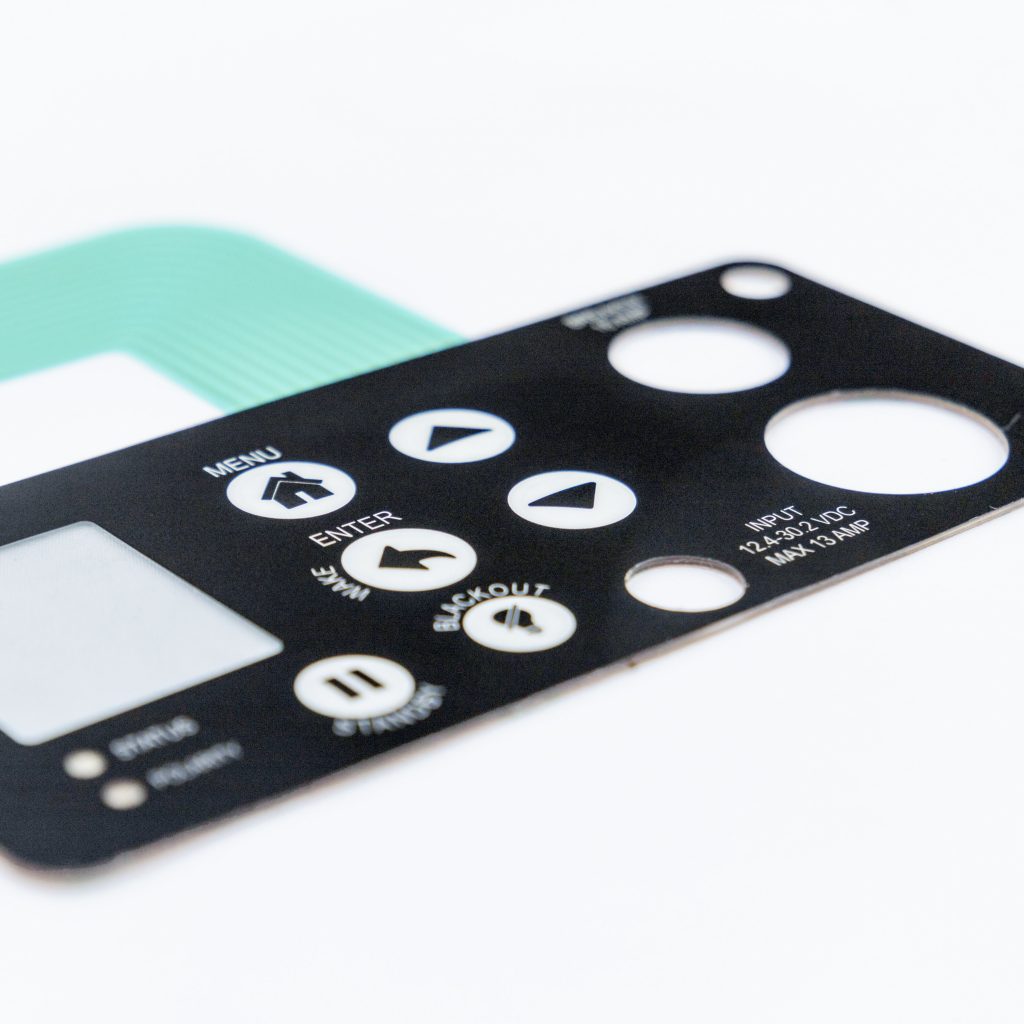Contact
Write to Us And We Would Be Happy to Advise You.
Do you have any questions, or would you like to speak directly with a representative?
By hqt
Membrane switches play a vital role in various industries, providing a user-friendly interface for electronic devices. When it comes to designing membrane switches, factors such as protection against dust, water, and other environmental elements become crucial. IP65, IP66, and IP67 are common ratings used to determine the level of protection provided by these switches. In this article, we will explore the differences between IP65, IP66, and IP67 membrane switches and discuss the considerations regarding material and design. So let’s dive in and understand the intricacies of membrane switch design!



IP65: Protection against dust and water splashes
IP65 is a rating commonly associated with membrane switches. It indicates that the switch is dust-tight and protected against water splashes from any direction. In the design of an IP65 membrane switch, both the material and design aspects are crucial.
Material considerations for IP65 membrane switches
To achieve the IP65 rating, the choice of materials is vital. The overlay or top layer of the switch should be made of durable and water-resistant materials such as polyester or polycarbonate. These materials provide excellent resistance to moisture and can withstand water splashes without compromising the functionality of the switch.
Design considerations for IP65 membrane switches
In the design of an IP65 membrane switch, attention must be given to sealing techniques. Proper sealing of the switch helps prevent water ingress and ensures its overall integrity. The use of gaskets or seals around the edges of the switch and the enclosure can effectively enhance the water resistance of the membrane switch.
IP66: Protection against powerful water jets
Moving up the ladder, IP66 offers a higher level of protection compared to IP65. An IP66-rated membrane switch is not only dust-tight but also protected against powerful water jets. Let’s take a closer look at the considerations for designing an IP66 membrane switch.
Material considerations for IP66 membrane switches
Similar to IP65, the choice of materials for an IP66-rated membrane switch is crucial. The overlay or top layer should be made of robust and waterproof materials, such as silicone or specially coated polyester. These materials can withstand high-pressure water jets without allowing any water penetration.
Design considerations for IP66 membrane switches
In addition to the material selection, the design of an IP66 membrane switch should incorporate features that enhance its water resistance. This may include additional sealing techniques, such as double sealing with gaskets or O-rings, to provide an extra layer of protection against water intrusion. The overall design should ensure that all entry points are sealed effectively to maintain the switch’s integrity under high-pressure water conditions.
IP67: Protection against temporary immersion
IP67 takes the protection level a step further by offering temporary immersion resistance. An IP67-rated membrane switch can withstand immersion in water up to a certain depth for a limited time. Let’s explore the considerations for designing an IP67 membrane switch.
Material considerations for IP67 membrane switches
For an IP67-rated membrane switch, the choice of materials becomes even more critical. The overlay material should be highly durable and capable of withstanding prolonged exposure to water without deteriorating. Materials such as chemically resistant silicone or special waterproof coatings are commonly used to achieve the desired level of water resistance.
Design considerations for IP67 membrane switches
To ensure the integrity of an IP67 membrane switch, the design should focus on providing a robust and watertight enclosure. This may involve additional sealing methods, such as using potting compounds or adhesives to seal the edges and openings of the switch. The design should be optimized to prevent water ingress during temporary immersion scenarios.
Q1: Can I use an IP65-rated membrane switch in outdoor applications?
A1: Yes, an IP65-rated membrane switch can be suitable for outdoor applications as it provides protection against dust and water splashes. However, if the switch is expected to be exposed to heavy rain or powerful water jets, an IP66 or IP67 rating would be more appropriate.
Q2: Are all membrane switches with IP66 or IP67 ratings waterproof?
A2: While IP66 and IP67-rated membrane switches offer a high level of water resistance, it is essential to ensure proper installation and maintenance to maintain their effectiveness. The rating indicates the switch’s ability to withstand water exposure under specific conditions, but it does not guarantee absolute waterproofing in all situations.
Q3: Can I modify an IP65 membrane switch to achieve a higher rating?
A3: Modifying an existing IP65 membrane switch to achieve a higher rating is challenging and often not recommended. The design and material considerations for each rating are specific and require careful planning from the initial stages of the switch’s development.
Q4: Can I use different materials for the overlay and the enclosure of a membrane switch?
A4: Yes, it is possible to use different materials for the overlay and the enclosure of a membrane switch. The choice of materials should be based on their individual properties and compatibility with the desired IP rating.
Q5: Are IP65, IP66, and IP67 the only ratings for membrane switches?
A5: No, IP65, IP66, and IP67 are commonly used ratings for membrane switches, but there are other IP ratings as well. The selection of the appropriate rating depends on the specific environmental conditions the switch will be exposed to.
Q6: Are there any limitations or trade-offs associated with higher IP ratings?
A6: Achieving higher IP ratings often involves more complex designs and the use of specialized materials, which may increase the overall cost of the membrane switch. It is essential to balance the desired level of protection with the specific requirements and budget of the project.
In the design of IP65, IP66, and IP67 membrane switches, the difference lies in the level of protection they offer against dust and water. While IP65 provides protection against water splashes, IP66 offers resistance against powerful water jets, and IP67 can withstand temporary immersion. Material and design considerations play crucial roles in achieving these IP ratings. By selecting appropriate materials and incorporating effective sealing techniques, membrane switches can be designed to withstand various environmental conditions. Understanding the differences between these ratings allows designers to make informed decisions and ensure the functionality and durability of membrane switches in their intended applications.
Do you have any questions, or would you like to speak directly with a representative?